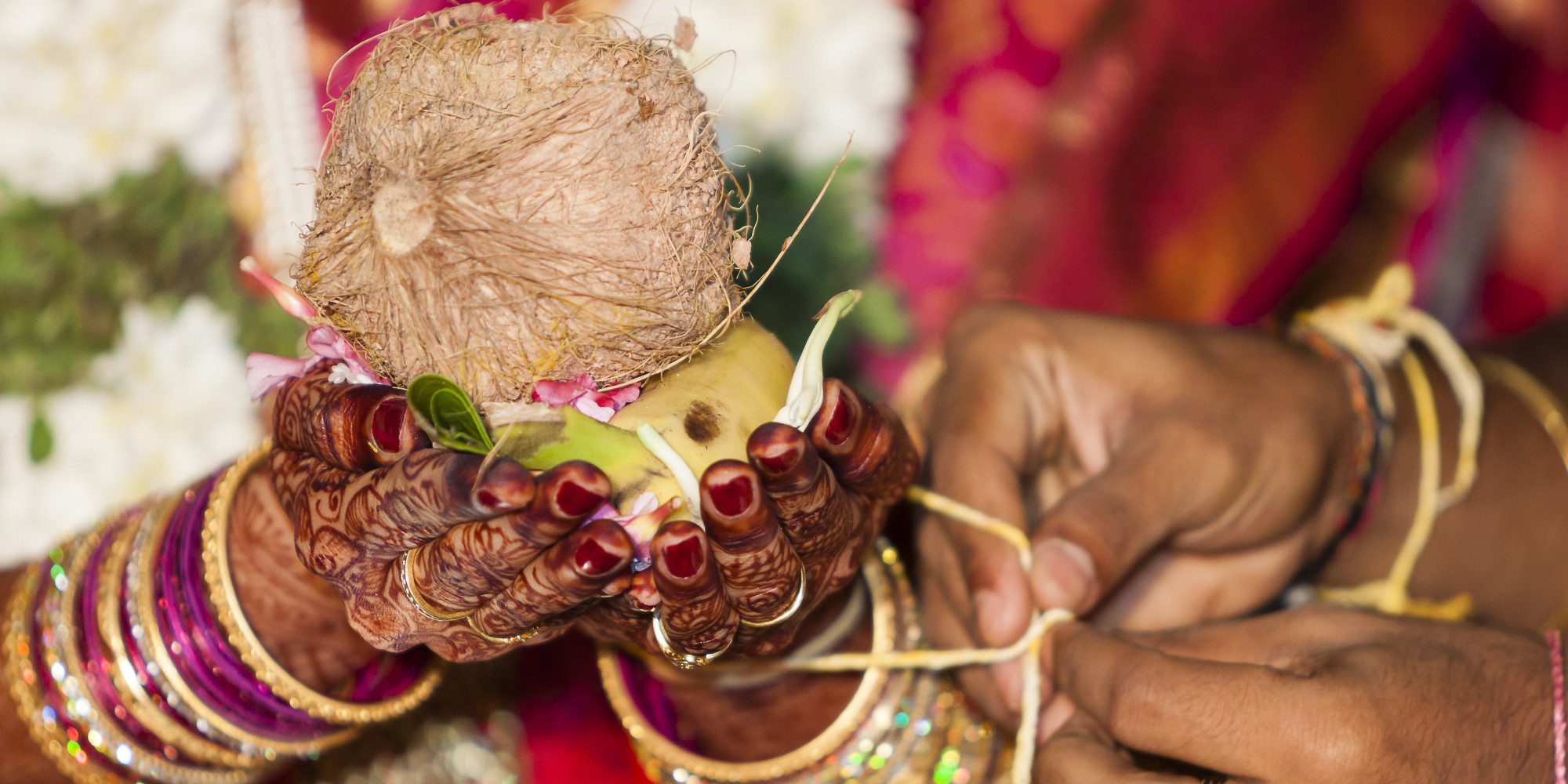The institution of marriage, quite like that of the family, is universal. There cannot be a family without marriage. Thomas Hylland Eriksen very rightly says that marriage is essential for human survival.
Women are important, because it is they who procreate children; men do not. Similarly, women cannot procreate without alliance with men. The observations made by Eriksen need to be quoted here:
Seen from a male point of view women are a scarce resource. No matter how male dominated a society is, men need women to ensure its survival. In matrilineal systems, the men’s sisters do this; in patrilineal societies, their wives do it; and in cognatic or bilateral societies, sisters and wives each do part of the job.
ADVERTISEMENTS:
A man can have a nearly unlimited number of children in theory, he can be get several children every day while a women’s capacity is usually limited to one child per year, and moreover, in many societies many children die before they grow up.
Whatever may be the rituals related to marriage, it remains an alliance. This alliance can be for a lifetime, or it may be short-lived. But in all situations there is some alliance, some understanding, and some sharing between those who give the daughter or receive a bride.
In Indian society we find several marriage alliances established for various purposes between royal families. In medieval India, a treaty was signed or peace was bought by entering into a marriage. The Rajputs gave their daughters in marriage to the Mughals. Marriage, therefore, is an exchange of male and female; it is an alliance, a contract.
ADVERTISEMENTS:
Eriksen has made an attempt to define marriage. He observes:
Whether or not persons choose their spouses, marriage is very commonly perceived as a relationship between groups, not primarily between individuals.
Eriksen conducts a stock-taking of the ethnographic atlas of world communities and finds that spouses are chosen between groups, clans and communities. It is more a concern of the group and very little of the individuals. His survey shows that polyandry occurs only four times. It is a rare kind of marriage.
So is the case of polygyny. “Comparatively speaking romantic love is rarely seen as an important precondition for a good marriage. Rather, marriage is frequently arranged by kin groups, not by the individuals concerned.” Eriksen further argues that the marriage institution almost in all the cases is a concern not of individuals but groups.
ADVERTISEMENTS:
If Eriksen is taken seriously, it could safely be said that though marriage binds two individuals, it also binds a large number of kin groups in alliance. We accept our daughter-in-law, but we also accept other marital kins. In village India, Iravati Karve informs that the daughter-in-law of a family traditionally becomes the daughter-in-law of the whole village.
She is obliged to observe purdah when she is at public places. And, when a son-in- law comes to his wife’s village, the women observe purdah. Thus, marriage in India binds a man not only with the kin of the in-laws, but also the whole caste and the village.
Westermarck is an authority on marriage. His three-volume work on the history of marriage is an in-depth study of the subject. It has been abridged in a single volume entitled. A Short History of Human Marriage. He devotes considerable space to Hindu marriage, and it is in this respect that his definition of marriage assumes importance. He writes:
Marriage is a relation of one or more men and women which is recognized by custom or law and involves certain rights and duties both in the case of the parties entering the union and in the case of children born of it.
What is important in Westermarck’s definition is that marriage permits sex relations between husband and wife, and these sex relations are legitimized by the society. It is because of this legitimization that marriage undergoes certain rituals which are performed publicly.
Secondly, the objective of marriage is to bear children. The upbringing of children is also the responsibility of a family. From all considerations marriage is an institution which regulates sex relations and condemns promiscuity.
Yet another definition of marriage is given by D.N. Majumdar and T.N. Madan in their book An Introduction to Social Anthropology. They write:
Marriage ensures a biological satisfaction (that of sex) and a psychological satisfaction (that of having children) on the individual plane, and on the wider collective plane, it ensures a two-fold survival, that of the group and its culture.
The definition given by Majumdar and Madan stresses the importance of: (i) sex, (ii) children, and (iii) survival of society at large. The meaning of marriage comes close to the concept of marriage propounded by the Hindu Shastras.
P.N. Prabhu, who dwells elaborately on Hindu social institutions, says that marriage among Hindus is for: (i) dharma, (ii) procreation of children, and (iii) rati, that is, sex. It is the duty of a Hindu to enter into marriage.
There is no salvation without marriage. Second, a man and woman should bear children, and finally, it is for sex. Hindu Shashatrakaras, however, give precedence to religion over procreation and sex.
From all considerations it could be said that marriage is not a personal affair. It is not just an institution only for the fulfillment of biological needs. It is a social alliance par excellence.
Whatever may be the kind of society it has same inbuilt mechanism for providing legitimacy to the sexual needs. However, the functions that marriage institution performs have different priorities in different societies.

